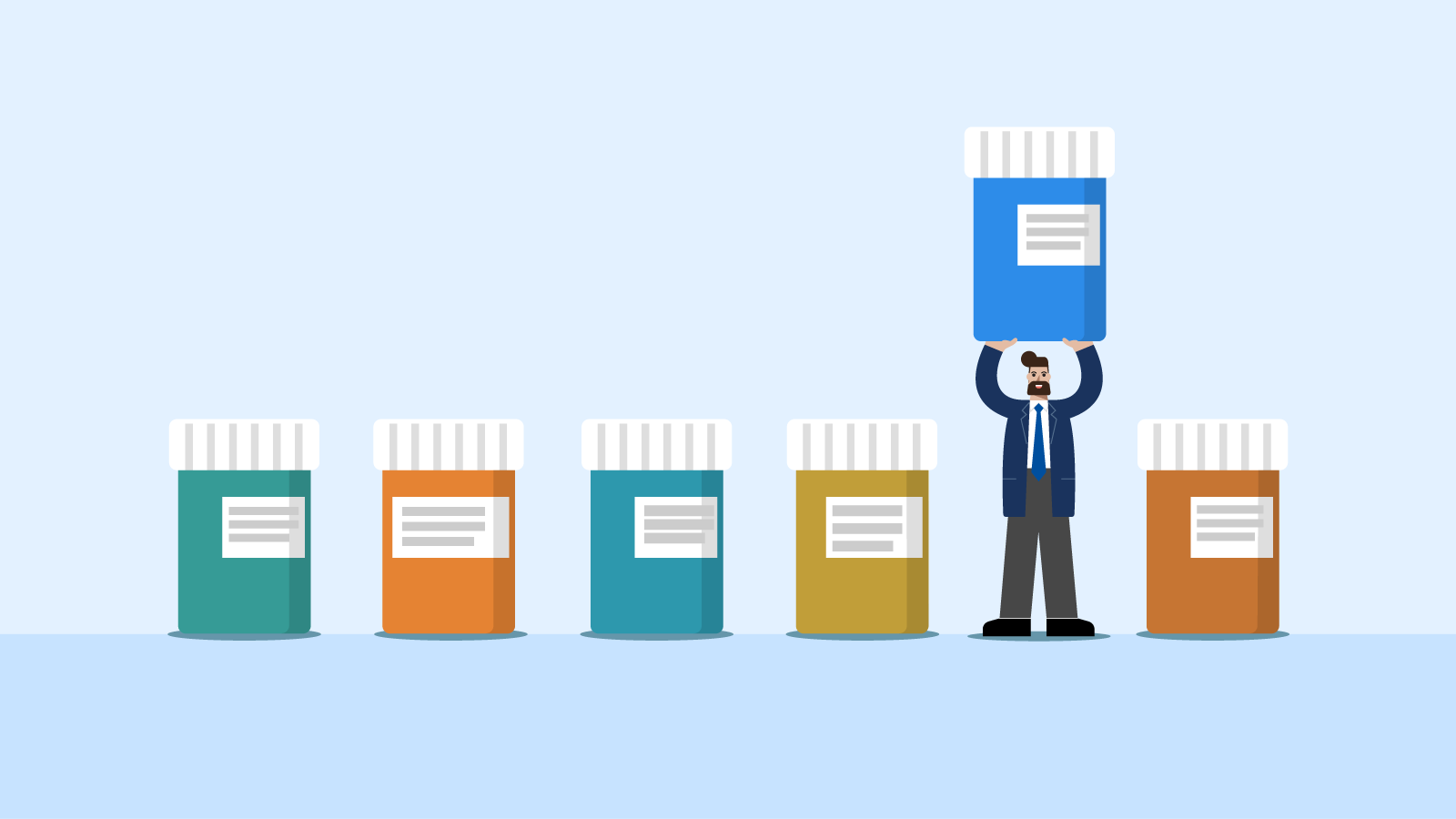Balancing act: Prioritizing human connection in health care AI innovation

Artificial intelligence (AI) is here to stay, and pharmacy benefit managers are using it more every day. CVS Caremark is proud to be a leader in harnessing AI to drive innovation, make improvements and engage with members. As we continue to evolve, we’re committed to using technology responsibly while maintaining a human touch in everything we do.
How we’re using AI effectively
We have the best tech teams working on AI solutions to help members have better health outcomes. These innovations keep personal interactions at the center while streamlining processes like routing members to the right agents faster, identifying pain points that we can quickly solve and summarizing calls to decrease time spent on the phone.
Advancing clinical services and care delivery
AI helps us identify members who may need extra support for their condition or reminders to take their medication. Our models show us how members like to be contacted so we can engage them on next steps to take control of their health. This may include refilling a prescription or finding a generic or therapeutic alternative.
This personalized care helps motivate members to make choices that can improve their health and lead to greater cost savings for plan sponsors.
Automating and enhancing operations
We’re using AI to simplify the administrative work around prior authorizations (PAs) so members can get their medications quicker. Technology is never used to make adverse clinical decisions. Instead, AI helps us:
- Automatically route PA requests to the right person to review, reducing the average handle time per case
- Highlight key clinical information from supporting documents from providers so reviewers can immediately find what they need
- Predict PA approvals by using machine learning to evaluate patient data and payor policies – humans always review denials
- Digitize faxes to eliminate data entry and speed up routing
Our smoother PA processes put members on the path to better health now. When this happens, everyone wins – members feel healthier faster with less stress and plan sponsors see lower costs.
Boosting efficiency in our contact centers
When members reach out with questions, they want short wait times and to be connected with the right department. We’ve introduced several new AI-powered applications to make this a reality.
- Conversational virtual assistant that anticipates questions, gives personalized responses for members using self-service options and transfers callers to a live agent if needed
- Generative assistance so customer service agents can type questions and get suggested responses, including sources, allowing them to focus on members instead of searching for answers
- Generative summarizations to document notes so agents can care for members while reducing call times by 5 percent
These enhancements give members the information they need faster than ever so they can get on with their day. And a better experience for members equals greater satisfaction and goodwill toward plan sponsors.
How we’re not using AI
“We’ve made a few very explicit decisions [about AI]. Number 1, we’ll never use AI for a clinical diagnosis. Number 2, we’ll never use AI in denials of any kind. Number 3, we’ll never use AI to prevent human touch in the experience.”
- Tilak Mandadi, Chief Experience and Technology Officer, CVS Health
Leading the way in responsible AI use
While AI has the power to revolutionize health care, we strongly believe in using it responsibly. We’re a founding partner of the Coalition for Health AI (CHAI). Together, we collaborate with other industry and nonprofit organizations to develop guidelines for safe and ethical AI use in health care.
We’re also dedicated to giving back to the community. We offer the leading open-source tools in healthcare, LangFair and Uncertainty Quantification for Language Models (UQLM), for anyone to use at no cost. These tools review AI use cases for errors, bias and hallucinations so users can create reliable and trustworthy models.
3-15% reduction in gender stereotypes1
26% reduction in hallucinations2
Talk to us
We’re always happy to answer your questions about how we safely use AI to support members. To reach us, use the Contact us button, fill out a short form and we’ll be in touch.
-
1 Results on multiple benchmarks based on experiments on 25,000 responses generated with GPT-3.5 and Gemini-1.0 on RealToxicityPrompts and DialogSum benchmarks. For more details, refer to this paper: https://arxiv.org/abs/2407.10853.
-
2 On average across six benchmarks. Results based on experiments on 15,000 responses generated with GPT-3.5 and Gemini-1.0 on CSQA, AI2-ARC, PopQA, NQ-Open, SVAMP and GSM8K benchmarks. Hallucinations were prevented by blocking responses with confidence scores below 0.6. For more details, refer to this paper: https://arxiv.org/abs/2504.19254.
091025


